The Bronx Life
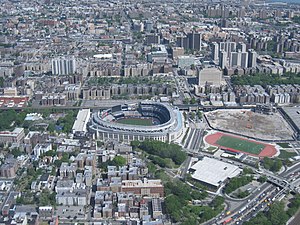
According to published reports, The Bronx is the New York City, New York, the borough with the third-most-densely populated county in the United States.

According to published reports, The Bronx is the New York City, New York, the borough with the third-most-densely populated county in the United States.
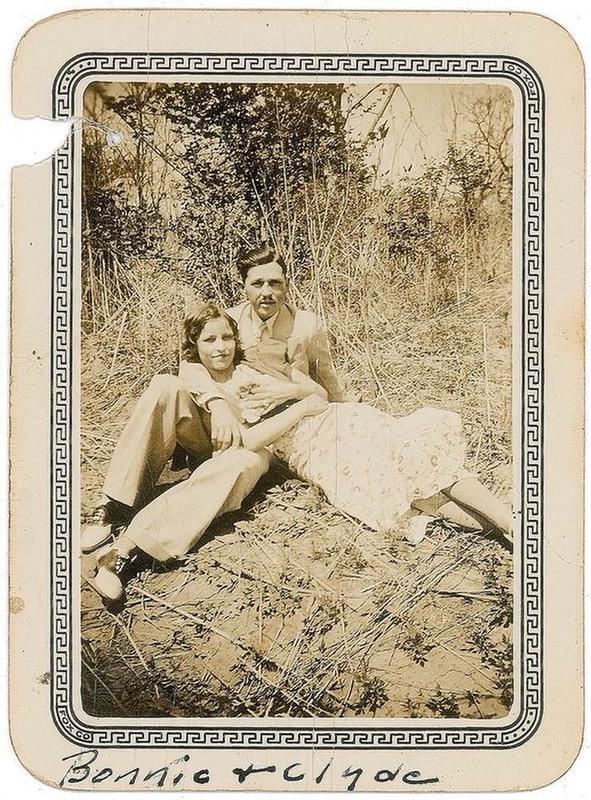
Bonnie and Clyde were an unstoppable team. The ragtag bank robber duo were inspiring legends everywhere they went.
Bonnie Elizabeth Parker and Clyde Champion Barrow were lovers who traveled the Central United States with their gang during the Great Depression. They were known for their bank robberies, although they also robbed small stores and rural businesses.
Ecology is a branch of biology concerning the spatial and temporal patterns of the distribution and abundance of organisms, including the causes and consequences. Topics of interest include the biodiversity, distribution, biomass, and populations of organisms, as well as cooperation and competition within and between species.
A United Nations report has set off alarms about the health of our planet and mandates a radical shift in the destruction of mankind.

Jumping Jack reached out to #CityImages saying that he almost forgot what the inside of a bar looks like and decided to celebrate.
After waiting a week following his 2nd shot, jab, or #COVID vaccine prick, Jumping Jack decided it was time to have a shout down at the local Irish 31 Pub. He also happens to be a second-generation BARISTA, but we're not referring to the neighborhood coffee house. A barista is now a person whose job involves preparing and serving different types of coffee.
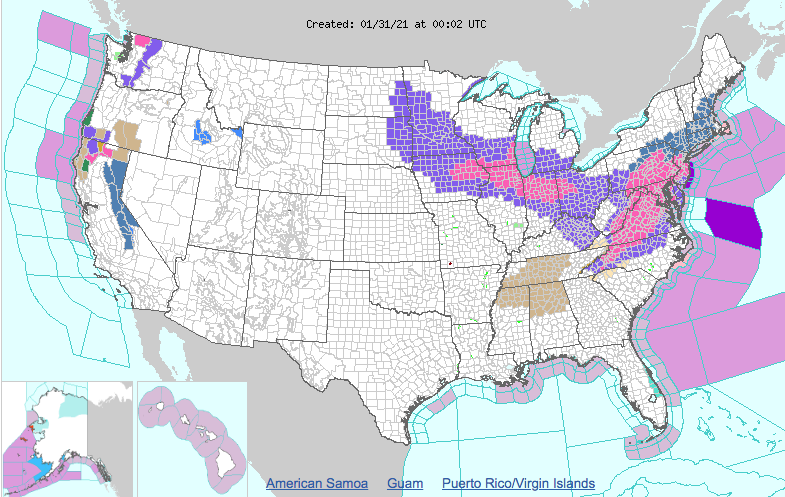
A complex winter storm will start today in the Midwest with heavy snow from the Upper Mississippi Valley to the Ohio Valley, including the Chicago metro area. On Sunday, the snow and wintry mix will spread into the Mid-Atlantic region before a potential Nor'easter intensifies and significantly impacts portions of the Mid-Atlantic, Northeast, and New England on Monday and Tuesday.

What makes Love, Liberty, and Labor extremely important to all of us? These three make all the difference in the world for everyone.
As we look forward, and looking back, comparing to life in 1921, the similarities are amazing. A century ago, earth was pounded by a global pandemic; people around the world were starving, and there was a new #USA president being sworn in.
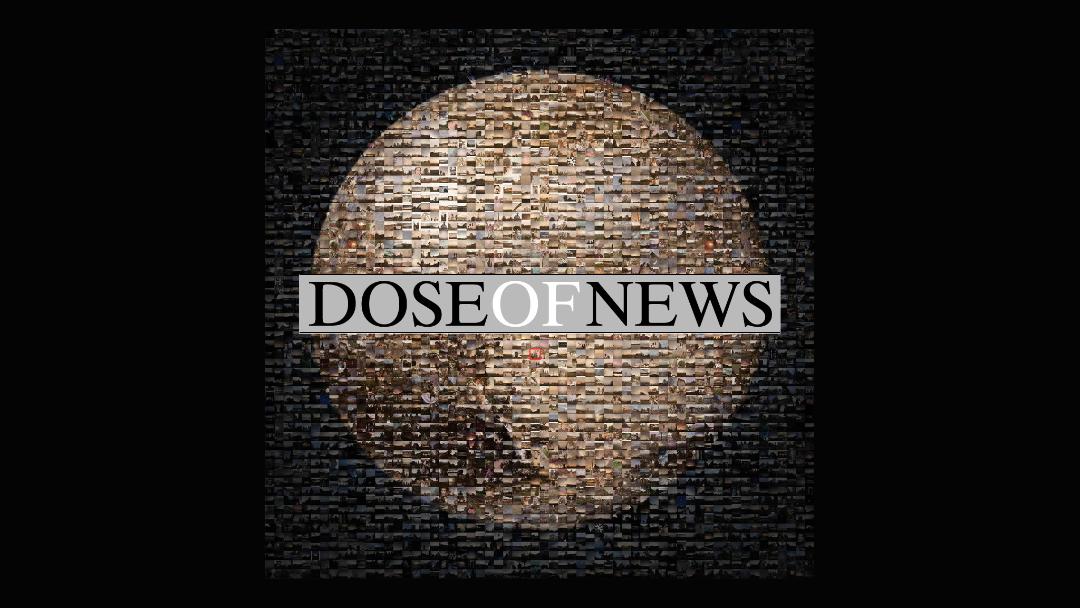
Leaving The City: A family journey. According to Forbes, and Reuters, folks are beginning to move out of Metropolis.
For example, New York City has reportedly...
Total Moves: 8,381
Percentage Moving Out: 60.6 percent
Population: 19,849,400
Median Household Income: $64,888
Job Growth: 1.1 percent
New York City dominates the economy of the state as the leading center of advertising, banking, finance, media, and publishing in the USA.

When I first moved to City Island, A Slice of NYC Paradise I found a small and quiet seaside village but I had no idea there would be so many knuckleheads living here who would eventually refuse to protect others and themselves by wearing masks. An old-timer who was born and died on the same street warned me that many of them had moved into our island. Captain Ed explained that according to local tradition, anyone actually born on the island is known as a "clamdigger". A City Island resident not born on the island is known as a "mussel-sucker."

The world thanks Americans for casting 80 million ballots for a real president with the experience and valor needed to do the job.
President-elect Joe Biden is the first presidential candidate in US history to win more than 80 million votes and that is a fact.
Happy Thanksgiving to all our #CityImages readers This is a difficult year for the holidays, so we'll take ideas and feedback on how you're doing this year differently, and what you remain grateful for. Admin@cimages.me Box 147 NYC, NY 10464
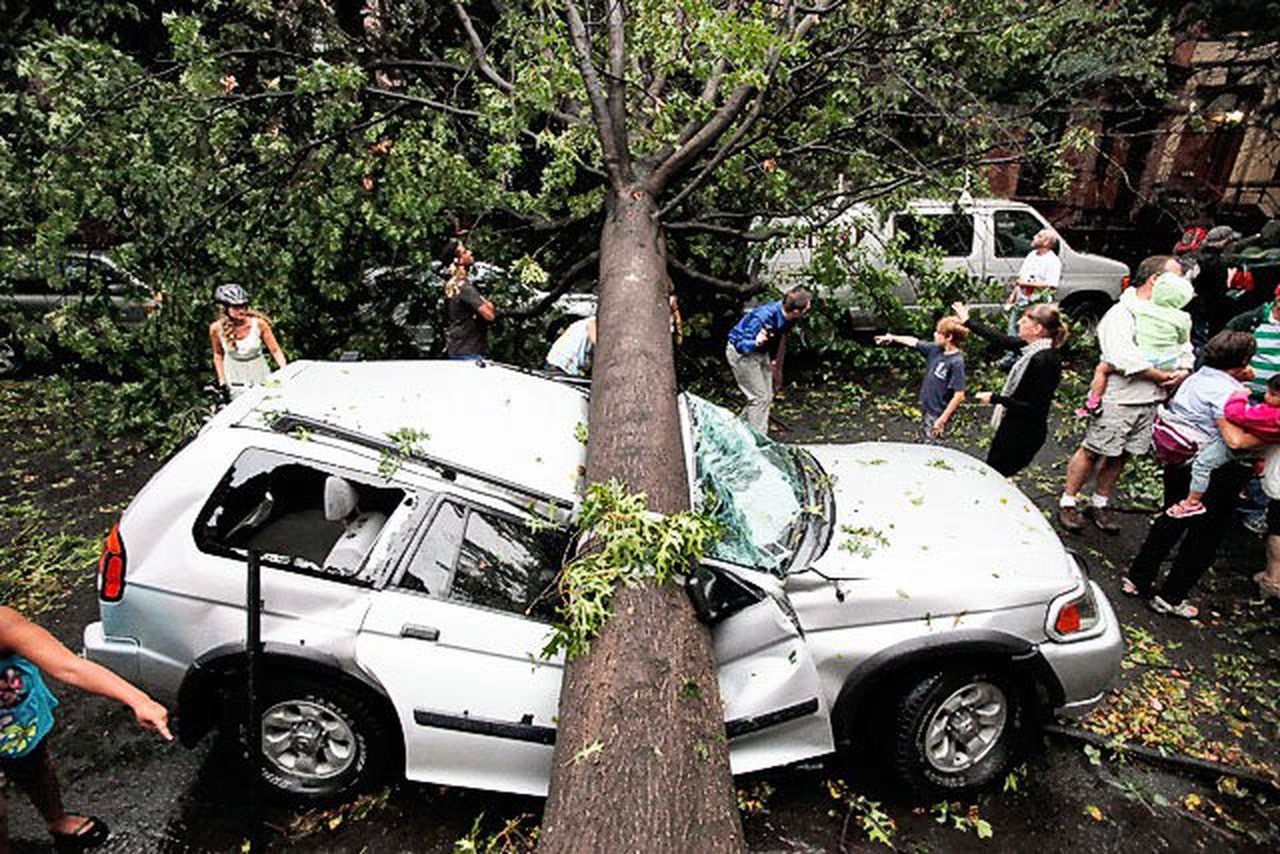
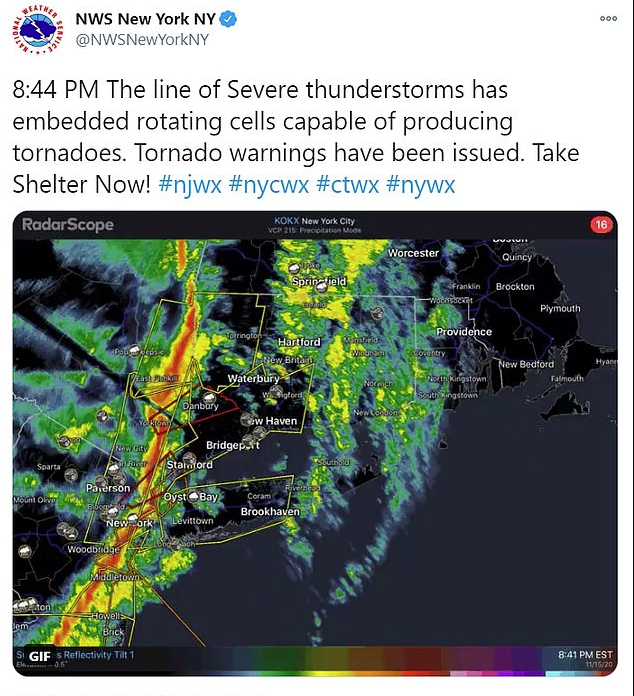
Wide tornadoes such as the one which slammed New York on Sunday are relatively rare, but even more unusual is the fact that forecasters were able to predict zones hard hit earlier on, by nearby regions slammed in the Northeast over the weekend.
The National Weather Service issued the warning at 8:40 p.m. ET, telling residents to immediately go indoors, seek shelter and stay away from windows.